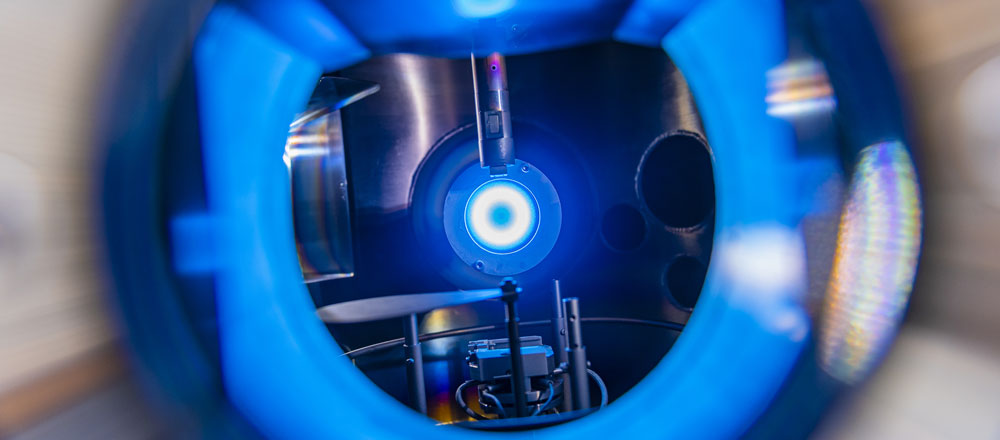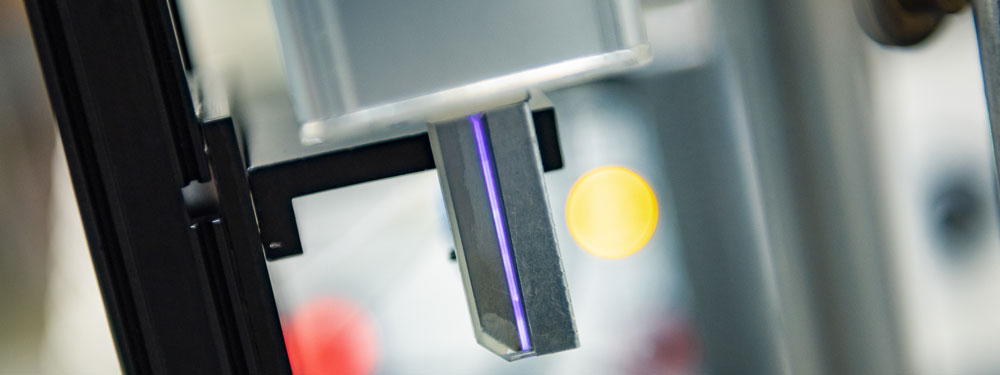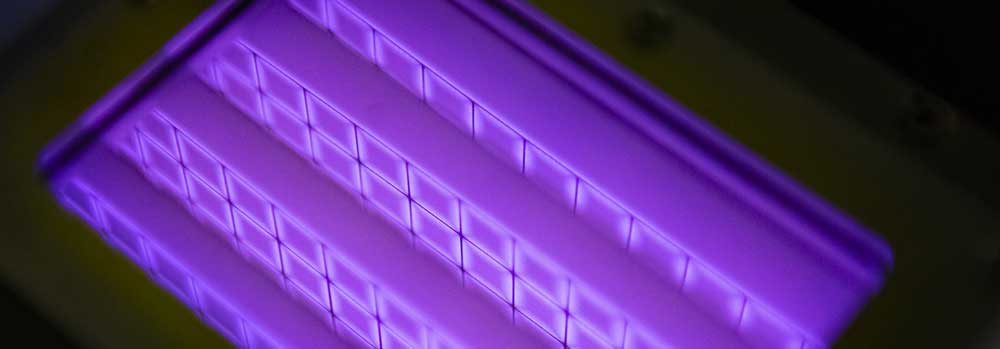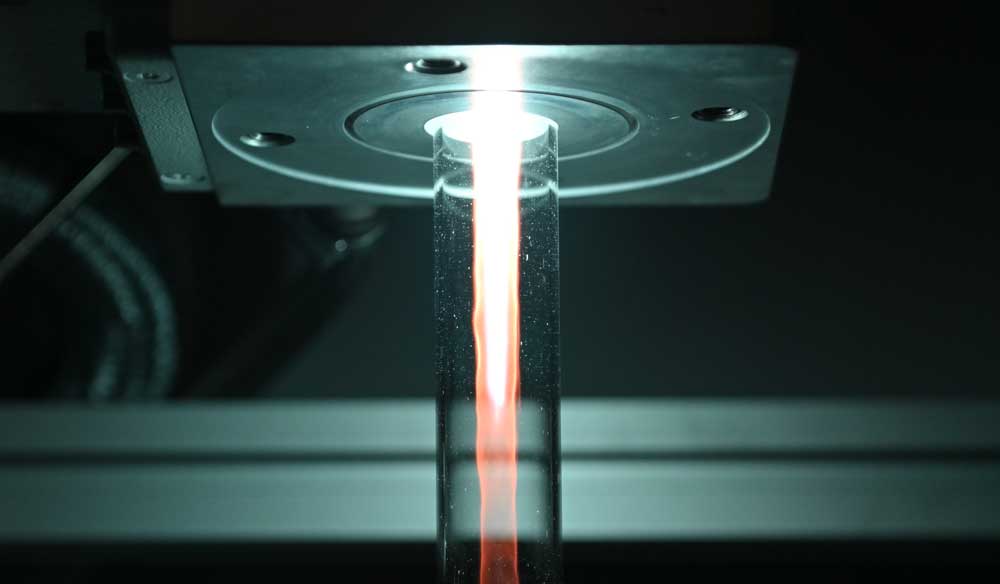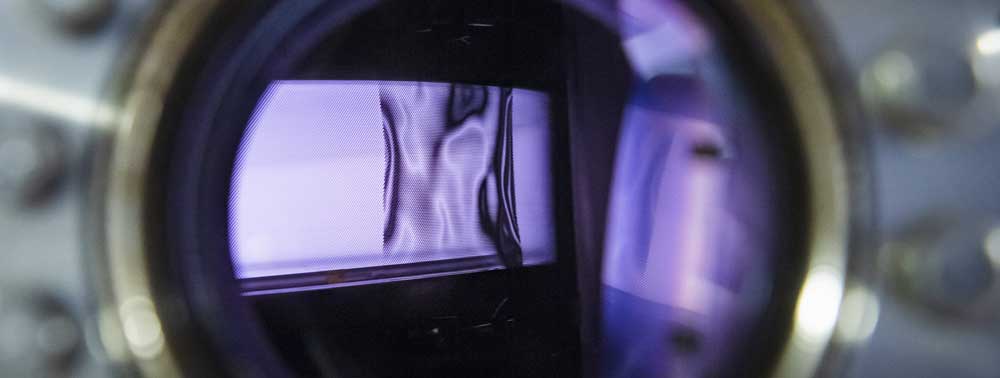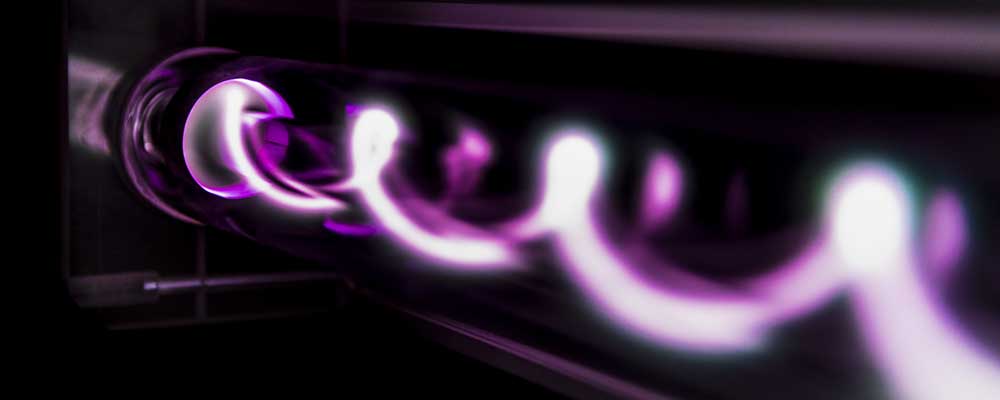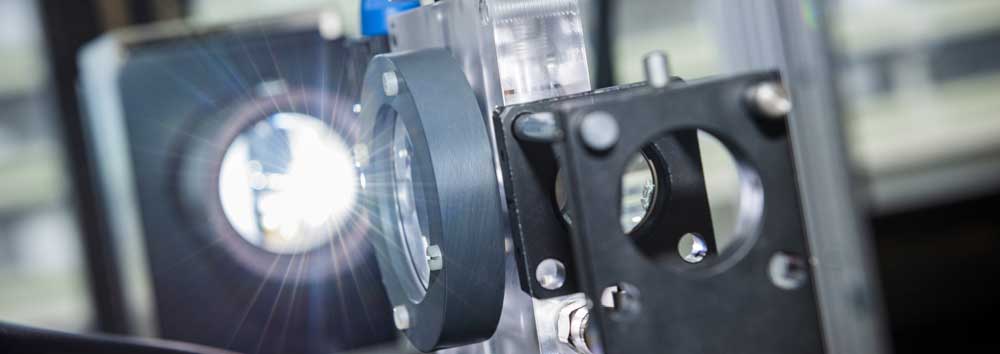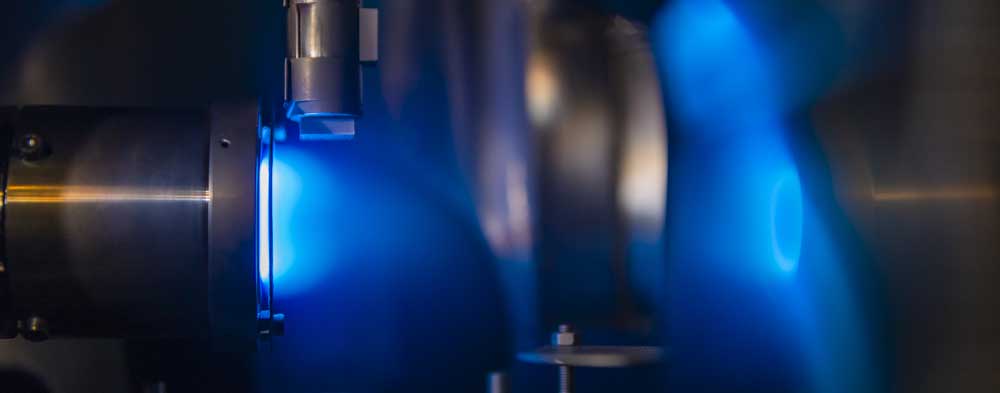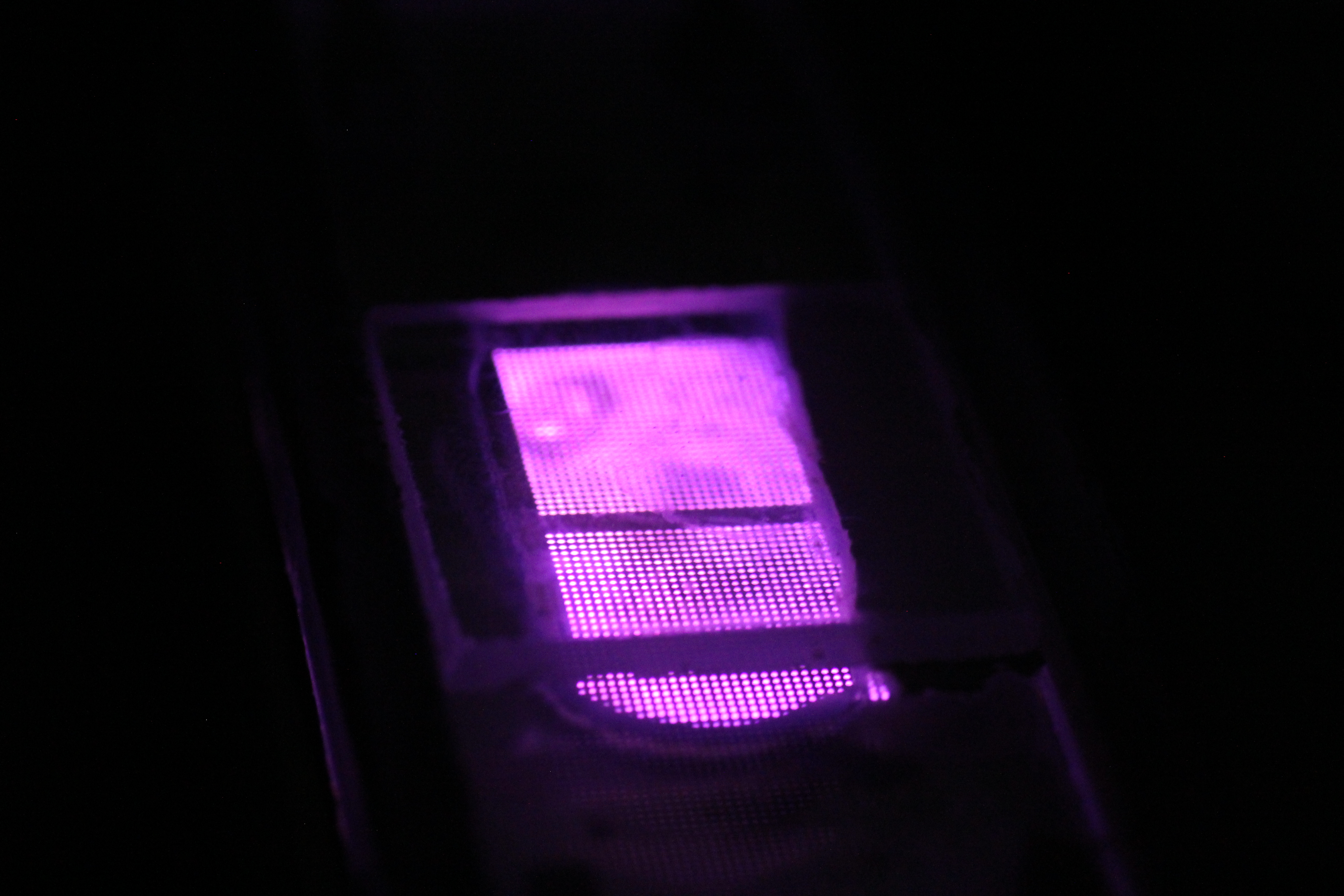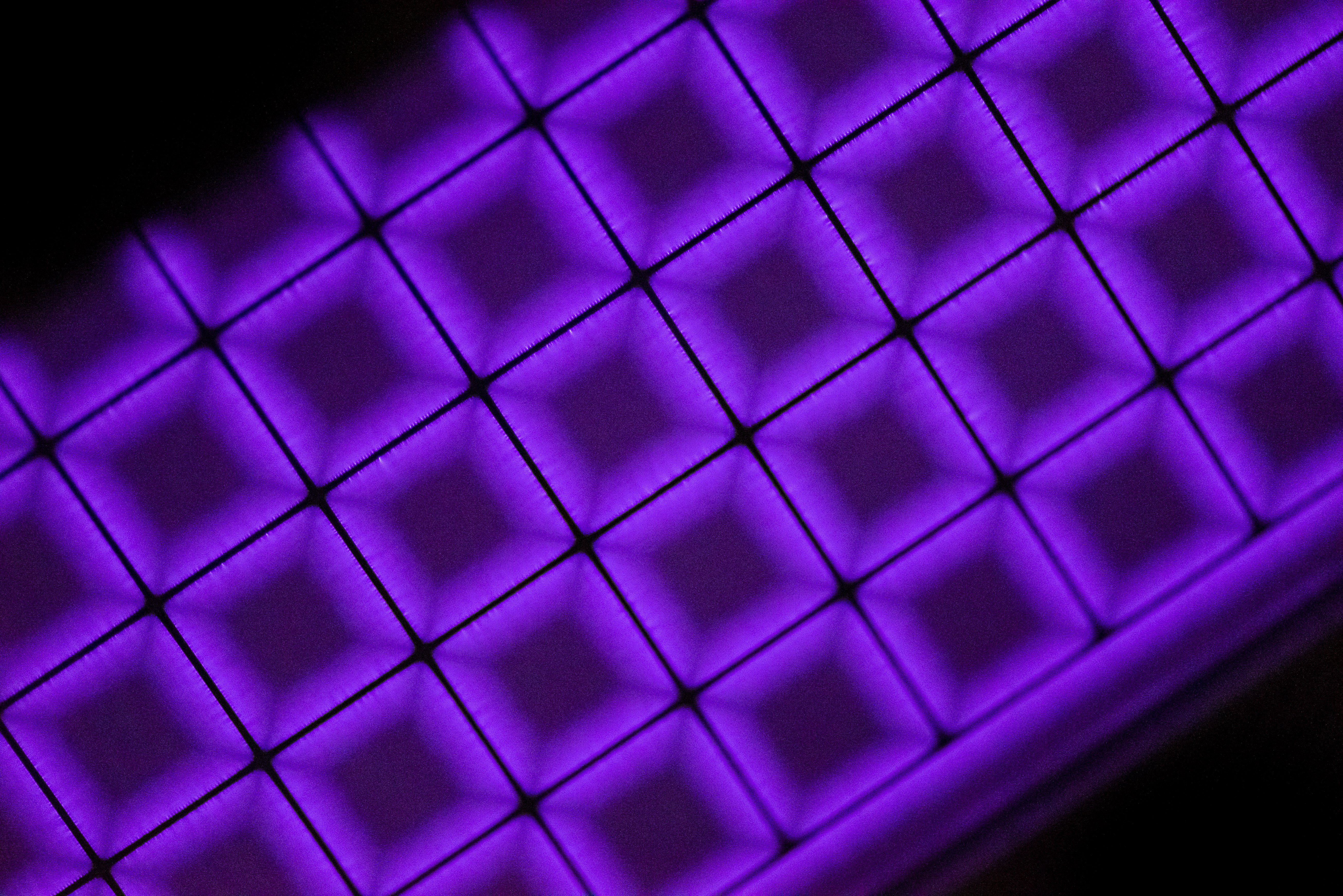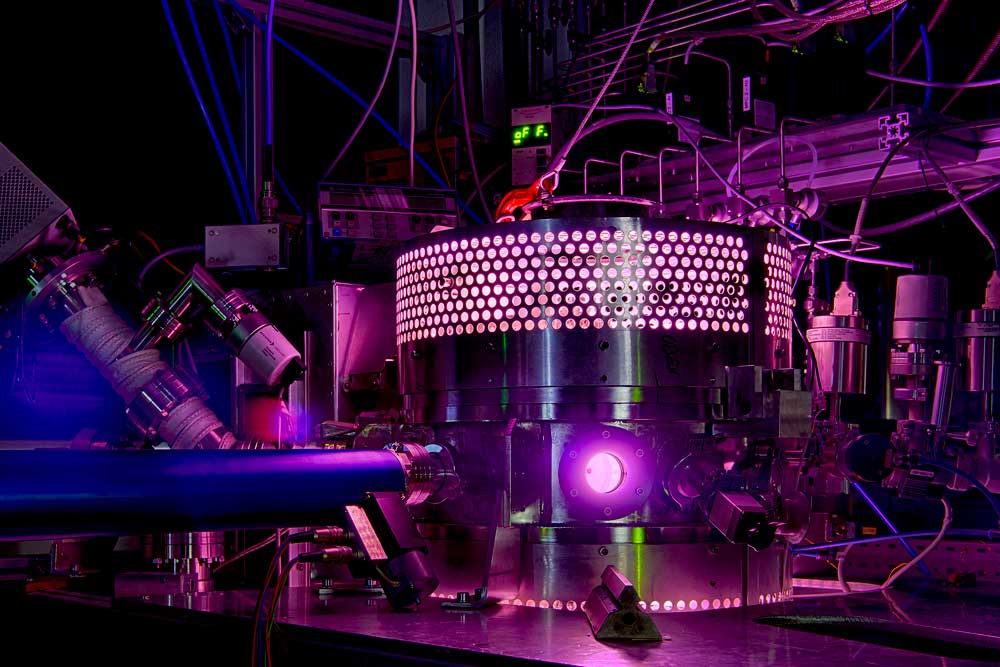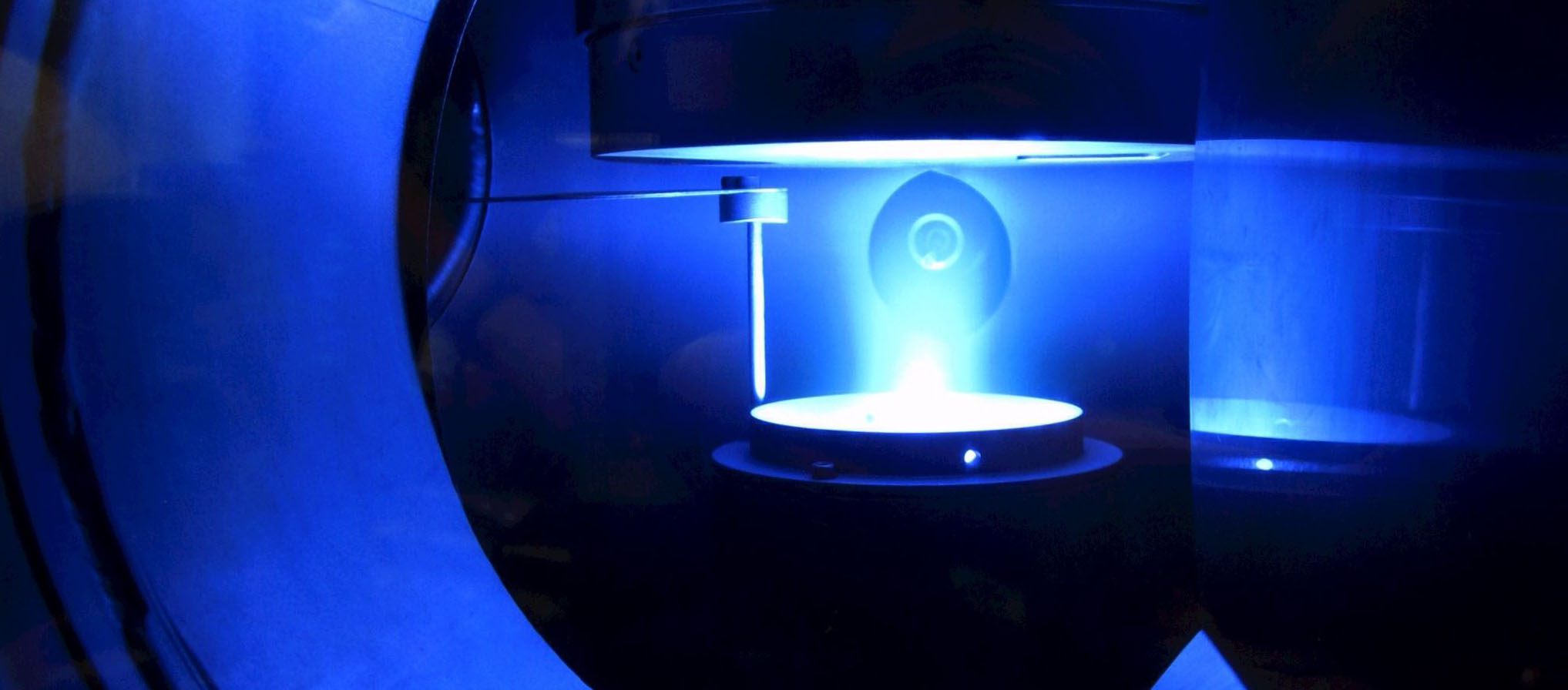- Details
Prof. Achim von Keudell ist Chair der GRC 2016
Die Gordon Research Conferences zählen zu den renommiertesten Konferenzen überhaupt. Mit der Verpflichtung der Vortragenden über aktuelle und unpublizierte Arbeiten zu sprechen und der Verpflichtung der Teilnehmer diese Informationen vertraulich zu behandeln, zählt diese Konferenzreihe zu den spannendsten und interessantesten überhaupt. Nirgendwo sonst bekommt man mehr Einblicke in die aktuelle Entwicklung der Plasmaphysik und hat zusätzlich noch die Gelgenheit in entspannter Atmosphäre mit hochkarätigen Experten zu diskutieren.
Als Chair der GRC 2016 „Plasma with Complex Interations-Exploiting the Non-Equilibrium“ war Prof. Achim von Keudell maßgeblich an Organisation und Programmgestaltung beteiligt. Eine kleine EPII Delegation bestehend aus DoktorandInnen und einem Postdoc war ebenfalls vor Ort und konnte von dieser außergewöhlichen Konferenz profitieren.

- Details
Dr. Dominik Bomans "Plasmas in and around Galaxies"
Prof. Dr. Ralf-Peter Brinkmann demonstrates that theory does not have to be gray, as Mephistopheles claimed in Faust. The plasma researcher addresses the following questions: Why are plasmas hot and cold at the same time? What does this have to do with theory? And what is the ultimate practical use of all this?
- Details
Seventh International Conference on Fundamentals and Industrial Applications of HIPIMS 2016
High Power Impulse Magnetron Sputtering (HiPIMS) ist ein junges und vielversprechendes Verfahren um Dünnschichtsysteme mit hervorragenden Eigenschaften zu produzieren. Abgesehen vom praktischen Nutzen weisen diese Plasmen interessante physikalische Eigenschaften wie anomalen Teilchentransport und Strukturbildung auf, die noch immer nicht im Detail verstanden sind. Die Erforschung von HiPIMS Plasmen nimmt am Lehrstuhl EPII daher einen großen Stellenwert ein. Im Moment arbeiten drei Postdocs, zwei PhD Studierende und einige BA und MA Studierende an vier Experimente um mehr Einblick in diese interessanten Plasmen zu bekommen. Bei dieser Konferenz hatten die Mitarbeiter von EPII die Gelegenheit ihre Ergebnisse zu präsentieren und einen guten Austausch mit internationalen Experten. Die nächste HiPIMS Konferenz findet in Braunschweig 2017 statt.

- Details
Plasma research involved in BMBF Carbon2Chem project
On June 27, 2016, the kick-off event of the BMBF project Carbon2Chem had been held in the Landschaftspark Duisburg. Federal Minister Prof. Wanka and NRW Research Minister S. Schulze emphasized the importance of the project for the energy transition and for Germany as a business and research location. In the Carbon2Chem project, metallurgical gases from steel production are to be converted into valuable chemical products with the addition of hydrogen in a catalytic process. The hydrogen required for this is produced by electrolysis using renewable energies. Plasma research at the RUB is involved in this project with the groups around Prof. Muhler, Prof. Awakowicz and Prof. von Keudell exploring the possibilities of plasma catalysis. The project is funded by the BMBF with a total of 60 million Euros over 4 years and includes 17 partners from industry, Max Planck Society, Fraunhofer Society and universities.
- Die Pressemitteilung des BMBF finden Sie hier.
- Details
TP4
Prof. Dr. Potgieter
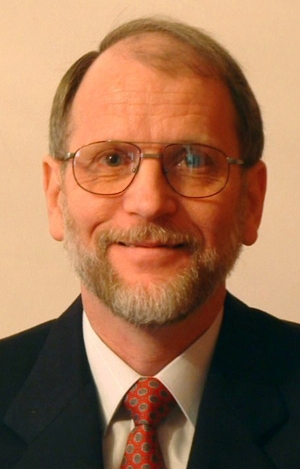
At the Chair of Theoretical Physics IV with PD Dr. Horst Fichtner, Prof. Dr. Potgieter from North-West University, Potchefstroom Campus, will be in South Africa from June 03 - 06, 2016. The joint BMBF project "Astrophysical Processes in the Heliospheric Environment" enables the exchange of scientists.
- Details
Dr. Dominik Bomans "Plasmas in and around Galaxies".
In the lecture series "All Plasma" we went out into space again. Dr. Domink Bomans explained vividly how plasmas form in and around galaxies and what we can learn from this about the formation and development of our universe.
- Details
TP4
Dr. Philip von Doetinchem
Dr. Philip von Doetinchem from the University of Hawaii at Manoa is a guest of Prof. Julia Tjus (TP4, Plasma Astroparticle Physics) and will give a talk on "Cosmic-ray antideuteron searches" on 7/13/2016 at 10:00 am in NB 7/67.
Abstract: Recent years have seen increased theoretical and experimental efforts towards the first-ever detection of cosmic-ray antideuterons, in particular as an indirect signature of dark matter annihilation or decay. In contrast to indirect dark matter searches using positrons, antiprotons, or gamma-rays, which suffer from relatively high and uncertain astrophysical backgrounds, searches with antideuterons benefit from very suppressed conventional backgrounds, offering a potential breakthrough in unexplored phase space for dark matter. The presentation will review dark matter theories that can be probed with antideuterons, the challenges for the interpretations of antideuteron signals, and the experimental efforts toward cosmic antideuteron detection.
- Details
TP4
PETER H. YOON
From May 02-31, 2016, Peter H. Yoon from the University of Maryland will be visiting the Chair of Theoretical Physics IV. Peter H. Yoon works at the Institute for Physical Science and Technology - USA and has received a "VIP Grant of the Reseach School PLUS", in the framework of which he will visit RUB again.
link to Peter H. Yoon
- Details
CEI WORKSHOP ON APPLICATION OF ADVANCED PLASMA TECHNOLOGIES IN CENTRAL EUROPE AGRICULTURE
The CEI Workshop on Application of Advanced Plasma Technologies in Central Europe Agriculture is organized at Austria Trend Hotel in Ljubljana, Slovenia, from 17th till 21st April 2016. This will be the first topical European meeting on rapidly growing scientific field of plasma agriculture and will be attended by world leading scientists in this niche. Apart from scientific activities the pre-meeting of the new COST Action Plasma Agriculture will be organized. Jun.-Prof. Dr. Jan Benedikt participates in this workshop.
link to Workshop Website
- Details
JUDITH GOLDA AM LPP PARIS
Vom 11.-15. April 2016 ist Doktorandin Judith Golda (Experimentalphysik II) zu Gast bei Jean-Paul Booth und Daniil Marinov am Laboratoire de Physique des Plasmas (LPP) Paris, Frankreich. In Kollaboration mit dem Laboratoire Aimé Cotton (LAC) werden hochauflösende TALIF-Messungen an atomarem Sauerstoff zur Bestimmung der Temperatur in einem Atmosphärendruck-Plasmajet durchgeführt.
